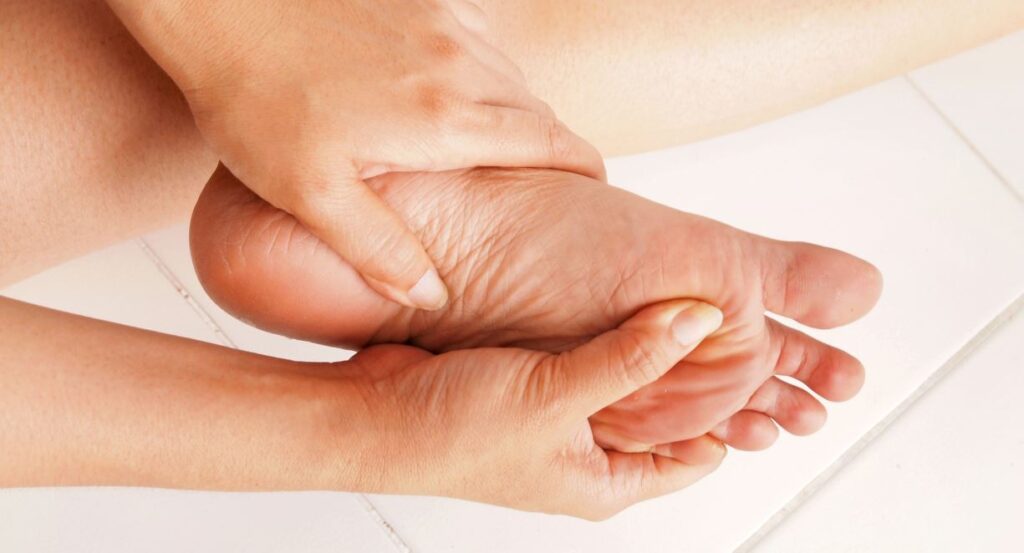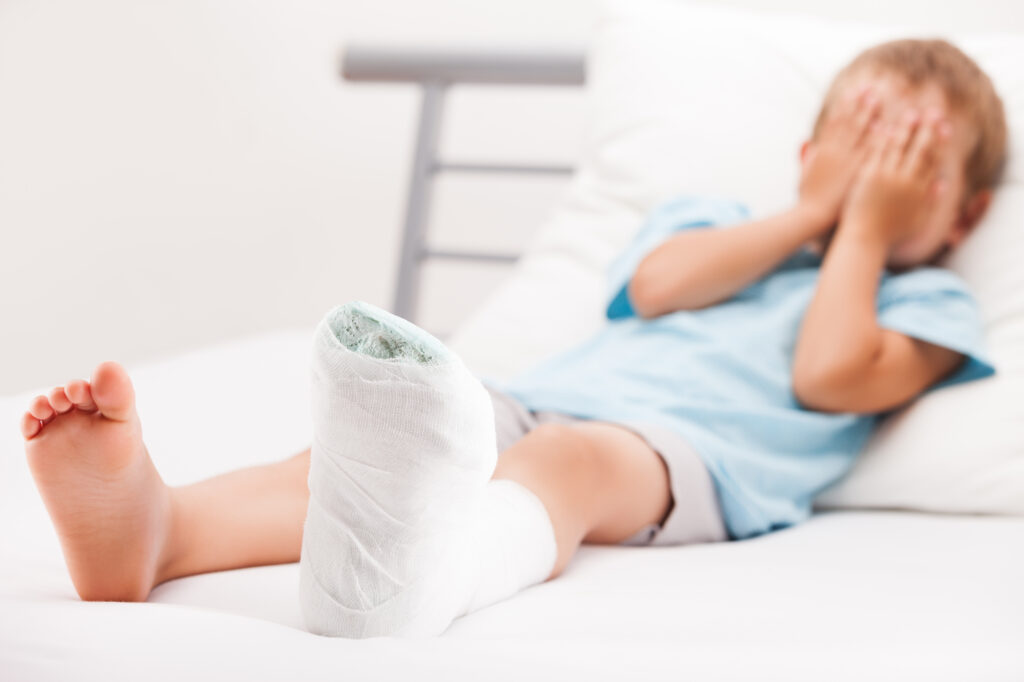Ballet flats really are a specific footwear style influenced from the shoes used by ballet. By design these footwear are really minimal. They do not much for the foot biomechanics other than protect the foot and come in a wide array of interesting styles. Furthermore they are likely to be rather snug fitting that can help the footwear remain on the foot. There is nothing inherently improper using these sorts of shoes so long as they are generally fitted appropriately and are also of the right size for the feet.
The challenge using these minimal kinds of footwear is if you have a foot condition that will need some type of arch support, even on a temporary basis. The main sorts of problems that this can be needed are especially should you be standing on your feet all day long and the legs and feet get very tired. Because of the minimal nature of the style along with the ordinarily tight fit of the footwear, there is not going to be a lot of space inside the footwear to try and do a lot. Clinically, alternatives or solutions can be limited when you spend the majority of your time in this type of footwear. There is simply no method in which a normal foot supports will probably go with these kinds of footwear. Sometimes a trimmed down foot support could possibly fit into the footwear. Other times the condition may be handled by changing to a different kind of footwear that foot orthotics can easily be utilized in for a period of time until the condition is fixed. It is usually better to see a podiatrist and discuss the options you have if you actually do require some type of support and if it may be accommodated in your ballet flats style of shoes.
There are a limited types of ballet flats that you can purchase that do already have arch support kind designs that are part of them. However, they are difficult to get and might not be appropriate for you. You can find the instant arches kinds of self adhesive padding that might be adhered in the footwear to give some sort of support which is often a beneficial compromise if that is just what is required to cope with the issue. Podiatry practitioners do use them every so often if you have no other more suitable alternatives which will get foot support in to a ballet flat model of footwear.

